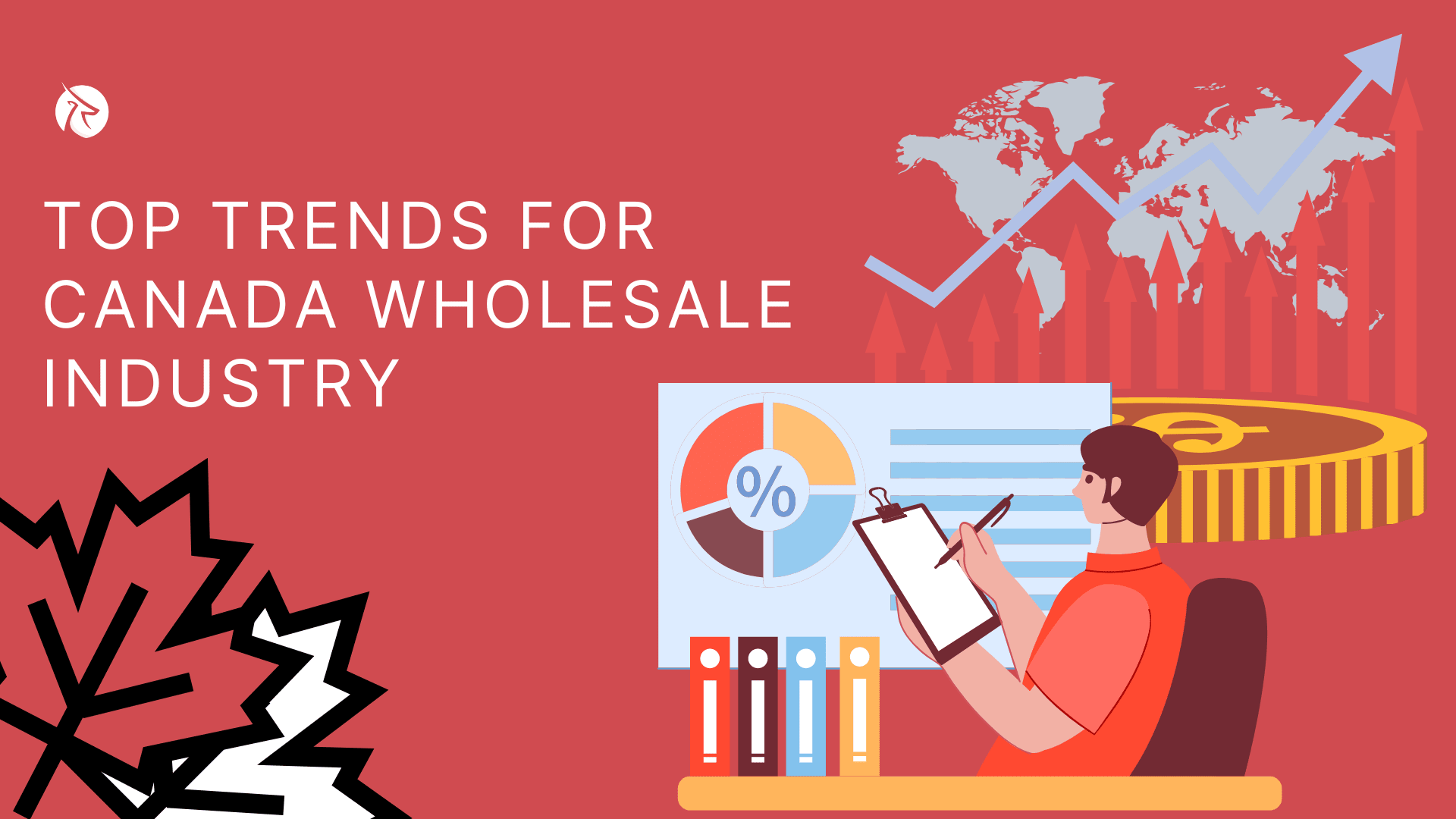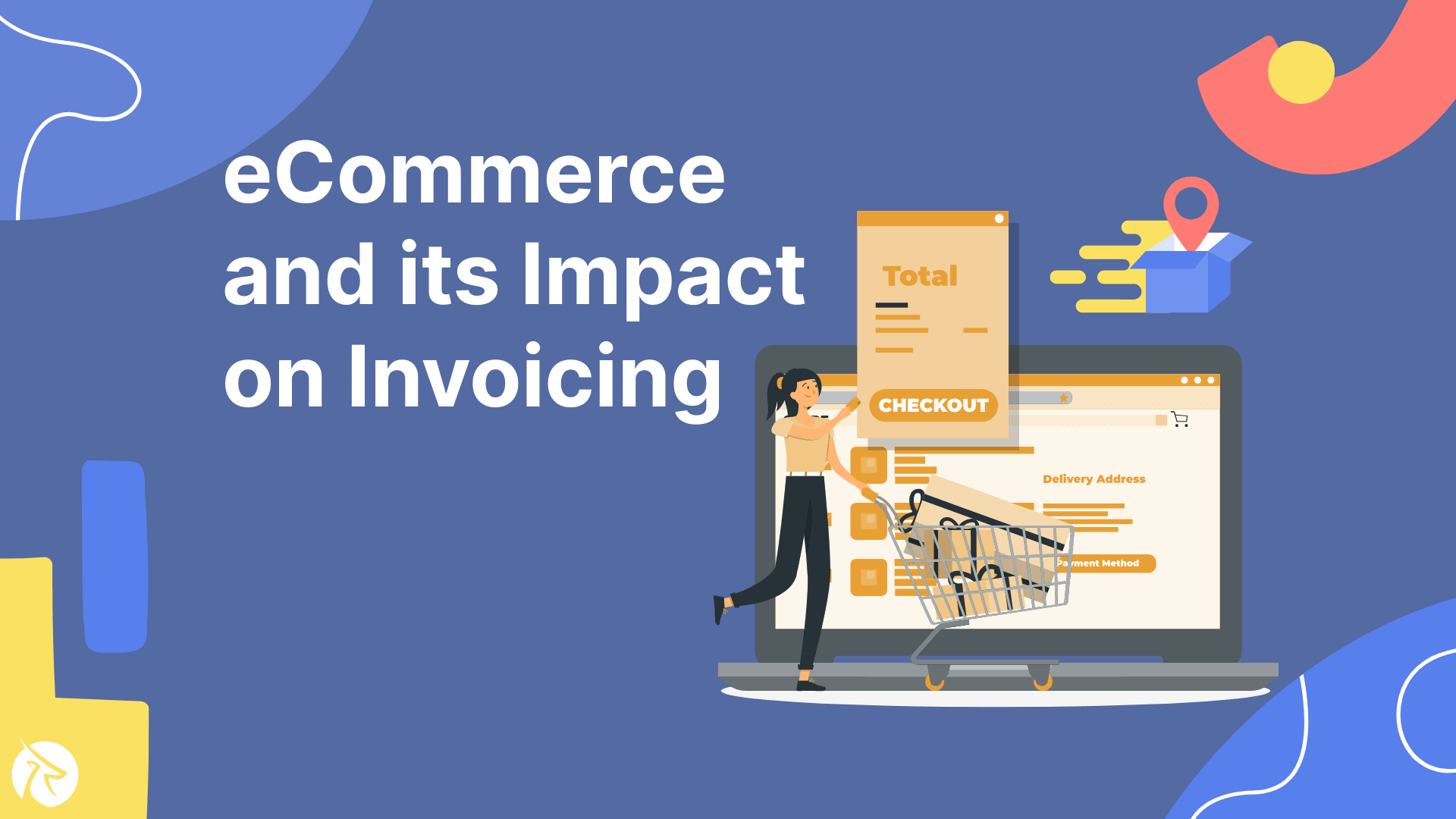Top Trends For Canada’s Wholesale Industry

Canada's wholesale industry is experiencing a period of transformation driven by e-commerce, supply chain complexities, and rising demand in specific sectors. This overview from Fordeer explores the top trends shaping the industry, including medical supplies, laboratory supplies, and more.
Introduction of Canada’s Wholesale Industry
The recent strong performance of Canada's wholesale industry
Canada's wholesale industry has recently witnessed a surge in activity, driven by a confluence of factors. While specific data might require referencing recent reports (due to the constantly evolving economic landscape), anecdotal evidence suggests a positive trend. One contributing element is the resurgence of global demand, particularly from the United States, a key trading partner.
As economies recover from pandemic-induced slowdowns, businesses are ramping up their operations, leading to increased demand for raw materials and finished goods. This translates to heightened activity in Canada's wholesale sector, which acts as a crucial intermediary between domestic producers and international buyers.
Furthermore, global supply chain disruptions have played a role in strengthening Canada's position. Shortages and logistical bottlenecks experienced elsewhere have prompted some businesses to seek alternative sources, and Canada, with its robust infrastructure and stable political climate, has emerged as a reliable supplier. This has led to increased export volumes for various commodities, bolstering the wholesale industry.
Domestic factors have also contributed to the positive performance. Strategic government initiatives aimed at promoting economic growth and export diversification have fostered a supportive environment for businesses. Additionally, a strengthening Canadian dollar has made domestic goods more competitive in the international market, further propelling wholesale activity.
It's necessary to note that while the recent performance is positive, a comprehensive understanding would necessitate referencing official statistics from reliable sources like Statistics Canada. These reports provide a more nuanced picture, outlining specific sectors experiencing growth, alongside potential challenges and areas for continued development. However, based on current observations, Canada's wholesale industry appears to be on an upward trajectory, capitalizing on both global and domestic tailwinds.
The purchasing power of Canadian
The purchasing power of the Canadian dollar paints a complex picture, reflecting both positive trends and areas requiring vigilance. While not directly comparable to the exchange rate, Purchasing Power Parity (PPP) offers valuable insights. Statistics Canada reports that in 2019, one Canadian dollar held the equivalent purchasing power of roughly 1.23 US dollars. This implies that a basket of goods costing $100 in Canada would require only $83 in the United States, highlighting a relative advantage for Canadian consumers.

However, this advantage must be viewed in the context of inflation. Canada boasts a moderate annual inflation rate, averaging around 3.2% since 1914. This seemingly small percentage translates to a significant decline in purchasing power over time. For instance, a dollar in 1914 would have the equivalent buying power of roughly $17.75 in today's dollars. This emphasizes the crucial role of economic factors in shaping the purchasing power landscape.
Positive developments are worth noting. Recent reports indicate that Canadian household purchasing power has grown despite inflationary pressures. In fact, Canadian singles saw a substantial increase of 5.4% between 2019 and 2022, ranking highest among G7 nations. This suggests a potential for sustained economic stability.
Looking ahead, maintaining a focus on controlling inflation and fostering economic growth remains paramount. By implementing effective fiscal policies and promoting a robust job market, Canada can bolster the purchasing power of its citizens, ensuring their ability to maintain a desirable standard of living.
It's easy to see that the purchasing power of this country is enormous, even with the obstacles of inflation and economic recession. From every perspective, this is a highly developed country with a favorable environment for business, especially with the support of the government. By staying ahead of the trends, wholesalers can reap even greater profits or boost sales and capture a larger market share. Therefore, even in a good market, smart businesses always keep an eye on new trends and participate in them.
Top Trends for Canada’s Wholesale Industry
Medical Supplies Wholesaling
Did you know that the Medical Supplies Wholesaling industry in Canada has been experiencing growth due to the high demand for medical devices with new technologies? Many hospitals and healthcare providers have been seeking medical products with microelectronics such as implantable medical devices, which has spurred revenue growth. As medical product innovation has taken place at a rapid pace, more healthcare providers have been purchasing the latest medical technologies from industry wholesalers to offer their patients the best care possible.
The industry has been growing due to new and more expensive products, rising prices for existing products, and an increase in the per-patient use of medical supplies. However, the COVID-19 pandemic has had an impact on the industry's performance in 2020. Nevertheless, revenue is expected to rise at a compound annual growth rate of 1.0% to reach $29.4 billion over the next five years, with revenue increasing by 2.9% in 2023 alone.IC hindered 2020 performance. Still, revenue is expected to grow at a CAGR of 1.0% to $29.4 billion over the five years to 2023, with revenue increasing 2.9% in 2023 alone.

Canada's medical supplies wholesaling industry pulsates with steady growth, driven by several key trends. Firstly, an aging population with increasing healthcare demands fuels the need for a consistent supply of medical equipment and consumables. Hospitals and other healthcare providers require a reliable source for everything from bandages and syringes to advanced medical devices. This translates to a projected market size exceeding $30 billion by 2029, indicating a stable and potentially lucrative space for wholesalers.
Secondly, the thirst for innovative medical technology presents an opportunity for wholesalers. As advancements in areas like microelectronics and implantable devices continue, wholesalers act as a crucial link between manufacturers and healthcare providers. Wholesalers with the foresight to invest in these cutting-edge products can position themselves to cater to the evolving needs of the medical field.
Furthermore, the fragmented nature of the industry, with numerous small and medium-sized players alongside established giants, fosters a competitive landscape. This compels wholesalers to continuously refine their strategies. Finally, a growing emphasis on cost containment within the healthcare system presents a challenge and an opportunity. Wholesalers can navigate this by offering competitive pricing models and value-added services such as bulk discounts, logistics support, and inventory management solutions.
Laboratory Supply Wholesaling in Canada
The growth of the Canadian Laboratory Supply wholesale industry has been consistent and in alignment with the scientific and technical service industries that purchase professional laboratory and scientific equipment in bulk. The increase in research and development (R&D) expenditure has further supported the need for laboratory supplies, which has led to a rise in downstream markets.
According to IBIS world, the COVID-19 pandemic has only strengthened the need for laboratory equipment and consumables required by research and safety markets to tackle the pandemic. As a result, the industry's revenue is expected to grow at a CAGR of 4.1% to $4.8 billion over the five years until 2023, with a 3.6% increase in 2023 alone.
The fact is that the burgeoning life sciences sector, fueled by research in areas like pharmaceuticals, biotechnology, and medical cannabis, is a major driver of demand. This translates to a rising need for specialized equipment and consumables, creating a lucrative market for wholesalers.
Next, the growing emphasis on environmental sustainability is prompting a shift towards eco-friendly laboratory supplies. Wholesalers are increasingly offering products made from recycled materials with reduced environmental impact, catering to the evolving needs of research institutions and laboratories.
Furthermore, the evolving healthcare landscape necessitates advanced diagnostic tools and equipment. Wholesalers are embracing e-commerce platforms to reach a wider audience and cater to the growing demand for online ordering. This trend, coupled with investments in logistics and supply chain management, ensures the efficient delivery of essential laboratory supplies across the nation.
However, the industry faces challenges. Competition remains fierce, particularly among smaller players. Maintaining a diverse product portfolio that caters to the specialized needs of various research fields is crucial for wholesalers to stay ahead. Additionally, navigating fluctuating global markets and ensuring compliance with strict regulations governing laboratory supplies requires constant vigilance and adaptation.
Roofing, Siding & Insulation Wholesaling

Canada's Roofing, Siding & Insulation Wholesaling industry presents a unique landscape with interesting trends shaping its future. While the overall market size witnessed a healthy growth of 4.4% over the past five years, reaching an estimated $21.1 billion in 2023, a slight decline of 2.8% was observed in the same year. This points towards a period of potential adaptation.
One key trend redefining the industry is the growing demand for sustainable business and energy-efficient building materials. As environmental consciousness takes center stage, consumers are increasingly opting for eco-friendly products like recycled-content roofing shingles or high-performance insulation. Wholesalers are strategically incorporating these options into their offerings to cater to this shift in buyer preference.
Another prominent trend is the continued rise of e-commerce. Recognizing the convenience and reach offered by online platforms, wholesalers are actively investing in building user-friendly online stores and strengthening their digital presence. This allows them to expand their customer base beyond geographical limitations and cater to a wider range of contractors and builders.
However, the industry is not without its challenges. The market remains fragmented, with the top four players only capturing 32% of the market share. This indicates a highly competitive environment, particularly amongst smaller participants. Economic fluctuations can also significantly impact the demand for construction projects, potentially leading to temporary dips in revenue.
Conclusion,
Canada's wholesale industry finds itself navigating a dynamic landscape. While e-commerce offers exciting opportunities, it necessitates adaptation. Addressing supply chain hurdles and embracing technological advancements are crucial for wholesalers to thrive. The industry's ability to adapt to these trends will influence its future growth and success.
For more invaluable information, stay updated with Fordeer Team!
- Install Fordeer Apps for Free
- Get immediate assistance by chatting with us.
- Join Fordeer Commerce Community for fresh app updates, expert tips, and private deals.











